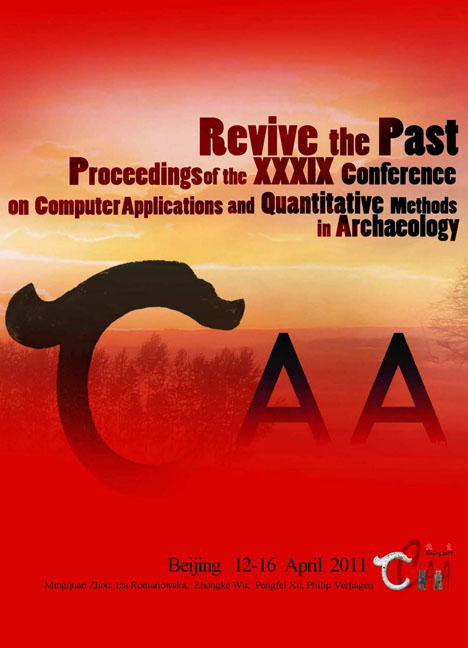 Revive the Past
Revive the Past Bringing Regional Heritage Sites Into 3D Virtual Environments: Cost-Free Data Workflow and Multiple 3D Exhibition
Published online by Cambridge University Press: 23 June 2021
Summary
Abstract
Today 3D laser scanning is a common technique for digital heritage preservation. We plan to widen the application of its usage to the preservation of regional heritage sites and in the same time, provide digitized 3D contents appealing to both local and general public, in order to enhance the sense of regional identity for the former and to promote tourism among the latter. Since there still remain cost and exhibition issues, we decided to use free, widely distributed software packages for all stages of data post-prcessing and 3D exhibitions. Meshlab and Google SketchUp with appropriate plug-ins are used for data postprocessing and conversion. Google Earth and realXtend are employed as online exhibition platforms and Partiview for offline form. We checked and established the data workflow processes that employed above listed softwares starting with initial 5 million point cloud data of nearby 7th century ancient tomb, and succeeded in providing desired exhibition forms.
Key Words: Laser scanning, 3D Modelling, 3D Exhibition
Project Outline
Project aim
The application of 3D laser scanning to digital preservation of heritage sites is now a popular and commonplace technique. Its results are proven to be of value for archaeological research and also for wider usage such as historical education.
Our plan is to apply this technique to local heritage sites in the region of Utsunomiya city and provide digitized 3D contents appealing to both local and general public. Today regional universities are encouraged to participate in and contribute to the local (not just academic) community. The distribution of public information to outer public is encouraged by the government.
Challenges
The use of 3D laser scanning has been common for some time now. However, when we considered widening the range of its application, there were still problems remaining, namely:
Cost: The cost of commercial laser scanning service including data post-processing is still too high for ordinary academic use, such that basically only large-budget projects for major heritage sites can afford it.
Limited exhibition: Many of the current virtual heritage software packages, either online or offline, are not widely distributed (Champion 2010, 17-18). This severely limits the possibilities of access for the general public.
- Type
- Chapter
- Information
- Revive the PastProceedings of the 39th Conference of Computer Applications and Quantitative Methods in Archaeology, pp. 159 - 163Publisher: Amsterdam University PressPrint publication year: 2012


